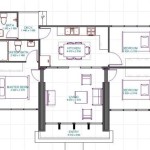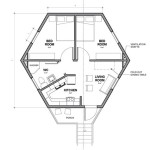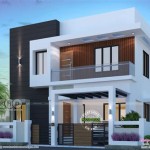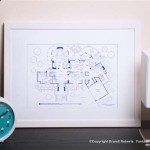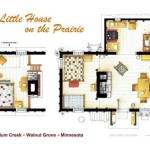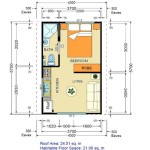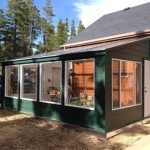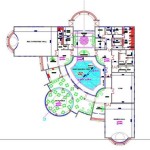Dog Trot House Plans: An Essential Guide to History, Design, and Benefits
Dog trot houses, a distinctive architectural style steeped in history, have gained increasing popularity in recent years. These charming and practical homes offer a unique blend of comfort, functionality, and Southern heritage. This comprehensive guide will delve into the essential aspects of dog trot house plans, providing an overview of their history, design elements, and benefits.
History of Dog Trot Houses
The origins of dog trot houses can be traced back to the 18th century, when they emerged in the American South. These homes were initially designed to meet the needs of farmers and rural landowners. The "dog trot," or breezeway, that separates the living quarters provided ventilation and natural cooling in the hot Southern climate.
Over time, dog trot houses became popular among various social classes, including plantation owners and freed slaves. The style evolved, incorporating architectural influences from different cultures and regions.
Design Elements of Dog Trot Houses
Dog trot houses are characterized by their unique design features:
- Central Breezeway: The most prominent feature is the central breezeway, known as the "dog trot." This open space connects two separate living quarters, providing cross-ventilation.
- Separate Living Quarters: Dog trot houses typically have two separate living quarters, often referred to as "pens" or "wings." These quarters are connected by the breezeway.
- Porches: Porches are common in dog trot houses, providing shaded outdoor living spaces and additional ventilation.
- Symmetrical Facade: Many dog trot houses feature a symmetrical facade, with identical wings and a centrally located entrance.
Benefits of Dog Trot House Plans
Dog trot house plans offer several advantages:
- Natural Ventilation: The central breezeway allows for excellent cross-ventilation, reducing the need for air conditioning, especially in warm climates.
- Privacy: The separate living quarters provide privacy for different family members or guests.
- Flexibility: Dog trot houses can be easily adapted to different needs. The wings can be used for various purposes, such as bedrooms, living rooms, or offices.
- Historical Charm: Dog trot houses embody the charm and heritage of the American South, adding a touch of history to modern architecture.
Considerations for Dog Trot House Plans
Before building a dog trot house, it is important to consider the following factors:
- Climate: Dog trot houses are best suited for warm climates where natural ventilation is desirable.
- Privacy: While the separate living quarters offer privacy, it may not be suitable for families who prefer an open floor plan.
- Cost: Building a dog trot house can be more expensive than a traditional house due to its unique design and construction requirements.
- Maintenance: The central breezeway requires regular cleaning and maintenance to prevent dirt and debris from accumulating.
Conclusion
Dog trot house plans offer a unique and charming architectural style that combines historical charm with modern functionality. By understanding the history, design elements, and benefits of these homes, prospective homeowners can make informed decisions about whether a dog trot house is the right choice for their needs and preferences.

Dog Trot House Plan Dogtrot Home By Max Fulbright Designs

Dog Trot House Plan Dogtrot Home By Max Fulbright Designs

3 Bedroom Dogtrot House Plan 92318mx Architectural Designs Plans

Dream Interiors This Would Be Perfect For Any Home Dog Trot House Plans Cabin Floor

Great Compositions The Dogtrot House
Dogtrot House Wikipedia

Level 1 Dog Trot House Plans Floor

Amazing Dogtrot Floor Plan

Dogtrot Houses Dezeen

Dog Trot House Plan Dogtrot Home By Max Fulbright Designs

